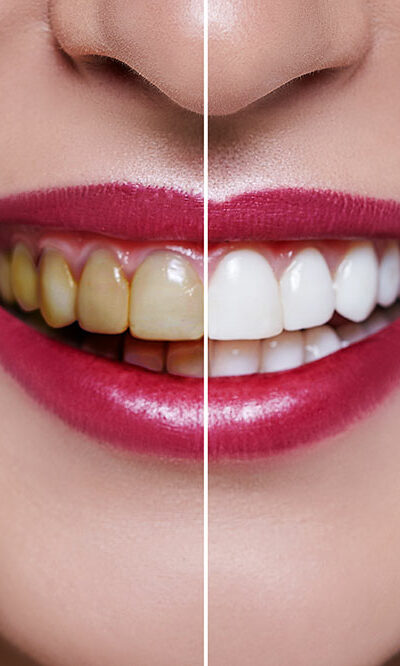
Dental veneers’ cost, procedure, and results
Dental veneers are thin shells placed in front of the teeth to improve their overall appearance. They are customizable and can hide or cover stains, chipped teeth, and even unevenness. This article shall cover the procedure to get dental veneers, the overall results obtained, and the typical costs involved. Procedure to get dental veneers The procedure to get dental veneers can vary depending on the type that you will choose. The most commonly used dental veneers are porcelain veneers and resin-based veneers. Porcelain veneers The first step to making porcelain veneers is taking an impression of the teeth. The mold is sent to a laboratory to create a custom porcelain veneer. In the meanwhile, doctors will give the patients a temporary veneer. Once the permanent ones return from the lab, doctors will have a fitting session to check if they are a good fit or no and make adjustments accordingly. Lastly, the porcelain veneers will be bonded to the teeth. Resin-based composite veneers The dentist will start the process by cleaning and reshaping the teeth. Once this is done, they will bond the resin-based composite onto the teeth and sculpt it accordingly. They will also adjust the color to make the fitting look as natural as possible. Results of dental veneers It’s important to note that dental veneers only exist to amplify the appearance of the teeth, which is why it is essential to obtain results that are satisfactory to the individual. Veneers are used mainly to cover the front teeth. Results can be seen immediately after the dental veneers have been bound to the teeth. It is advisable to avoid chewing on hard objects and chewing on food with the back teeth instead to prevent damage to the veneers after they have been fitted. Costs of dental veneers Since veneers only enhance the smile’s appearance, they are considered cosmetic surgery and are usually not covered under insurance.










